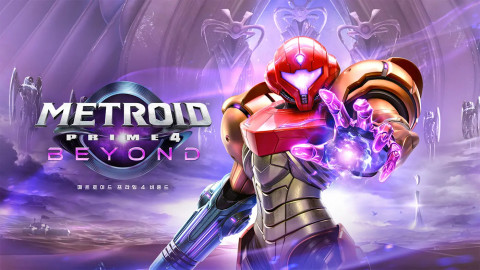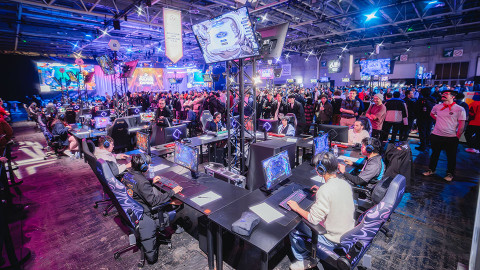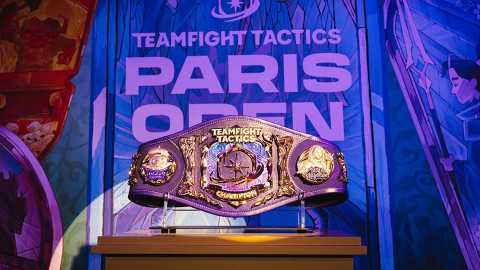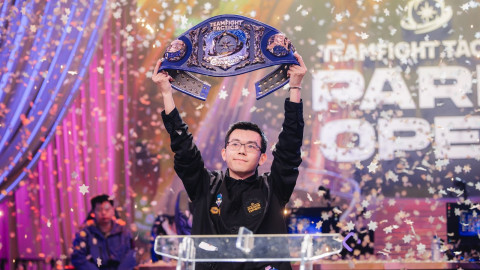
Super Smash Bros. creator Masahiro Sakurai discussed the challenging journey behind creating Melee on the game's 20th anniversary earlier this week. On Twitter, Sakurai said that creating Melee was definitely hard work — but he didn't want people to focus on that part of the game's history.
But we will anyway.
"Today in 2001, Super Smash Bros. Melee was on sale," Sakurai reflected on Twitter. "Forget about the hardships! The work remains!"
Looking back at Sakurai's Super Smash Bros. Melee journey
Sakurai proposed Melee in 1999 with the goal to make a game that would be better than the original Super Smash Bros. in every way. The project was seen as less experimental and more serious than Smash 64 and Sakurai was the man for the job.
Sakurai immediately recognized it would take a lot of work to create Melee — more than all of his previous projects. But he wasn't prepared for exactly how much work Melee would take.
Super Smash Bros. Melee's development cycle was 13 months of "extremely grueling" work that even got Sakurai sent to the hospital at one point after he physically collapsed. He would often work 40 hours straight, often only sleeping for four hours. But for Sakurai and his team, it was worth it — Melee became one of the best-selling games on the Gamecube.

Melee introduced a lot of new elements to the Nintendo fighting game, things that were never seen in previous fighting games. This included spot dodges, air dodges, DI, charging Smash attacks, knockdown damage, walljumping, ledge jumping, escaping grabs, up-throws and down-throws, shield DI, grabbing items midair, and more. Much more. Melee has a crapton of advanced techniques players can pull off, some of which are not included in the manual.
Sakurai admitted that the game was targeted towards hardcore gamers. He even said at the time that Melee was targeted "squarely towards people well-versed in video games." He wanted people to discover advanced and hidden techniques. This makes it all the more curious when Nintendo decided to shun competitive Melee later on.
Said Sakurai at the time: “In particular, the air dodge can be performed in tandem with pushing the control stick in any direction you want, which allows you to move a short distance in that direction, and it’s worth looking into some creative uses of this technique.”
Sakurai still didn't properly predict just how prevalent wavedashing would become.
In the end, Sakurai expressed frustration for the game he created. He felt the game had become too hardcore, alienating casual players. He initially wanted to appeal to hardcore gamers but retroactively felt that he had ruined the fun of the game. He "went too far."
Said Sakurai: “I think it’s more important to aim for, within the population of people who play video games, the people who are at the bottom– well, it’s rude to say it that way, but the players at the base, where it’s wider, people who on a basic level don’t really care about games…having something that appeals to them so that they can play is vital, I think."
Sakurai said Melee's controls were "quite complicated and tiring" for non-serious players. The game had become possibly inaccessible for novice players. He even said the "game has no future" if it remained only interesting to hardcore players.
But this has clearly not been the case.
Twenty years later, Melee is still huge. The competitive scene in particular has continued to thrive. The five Gods are still respected entities while new players continue to make wavedashes in the scene. And with Nintendo now deciding to create a Melee circuit, the Melee community will likely continue to grow.
While Melee may not have turned out the way Sakurai desired, it clearly was for the best. And we have Sakurai to thank for the hard work.
-

Esports writer and editor with a passion for creating unique content for the gaming community.
Sort by:
Comments :0





